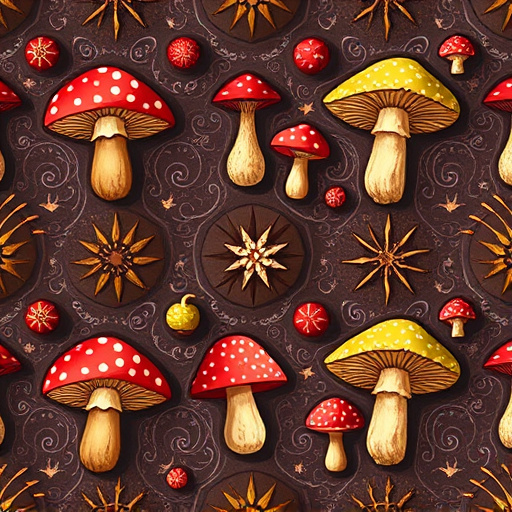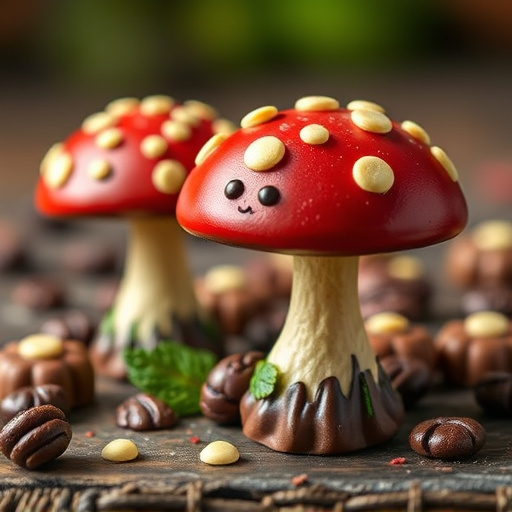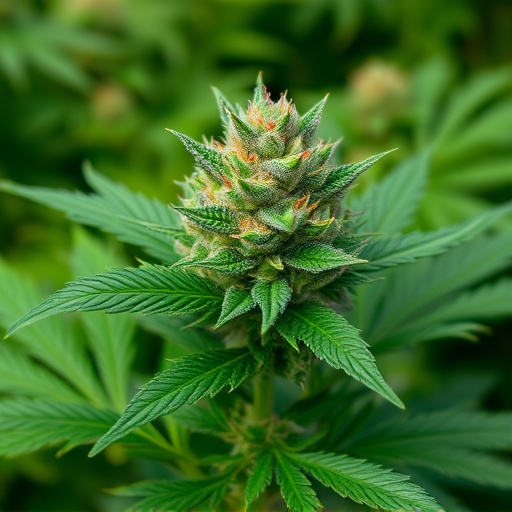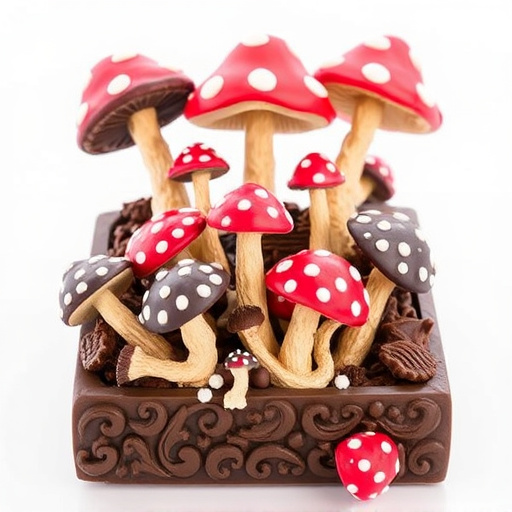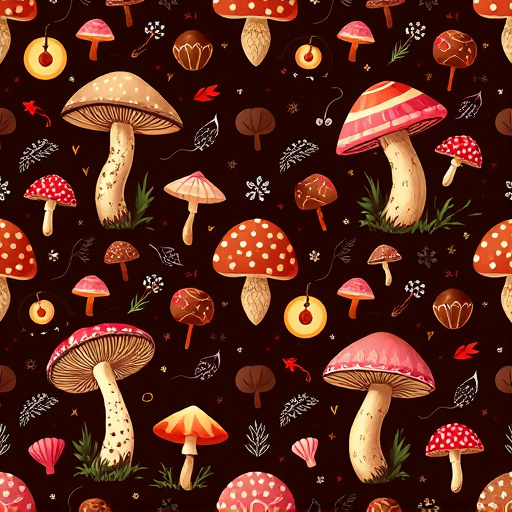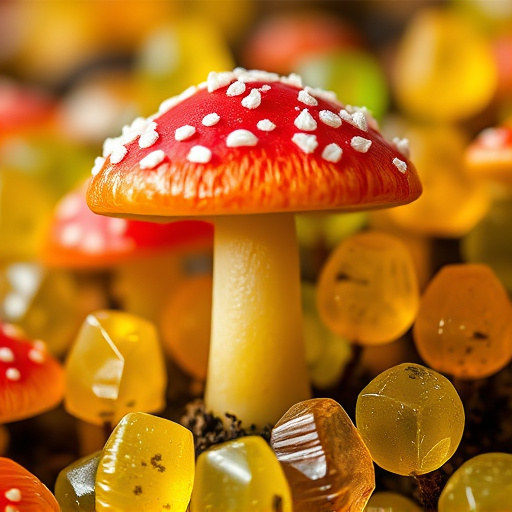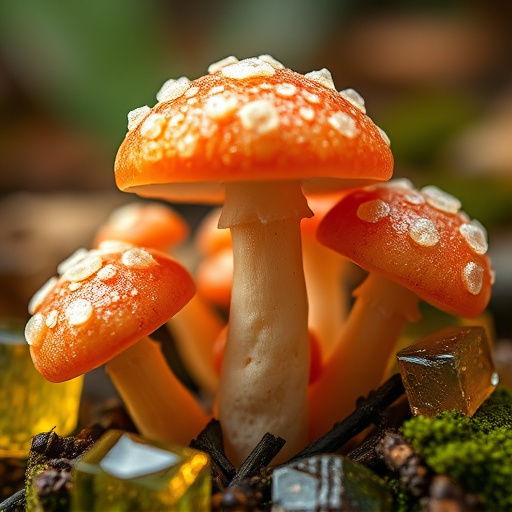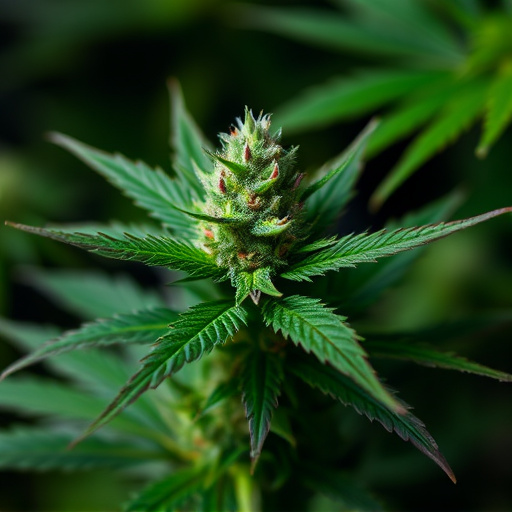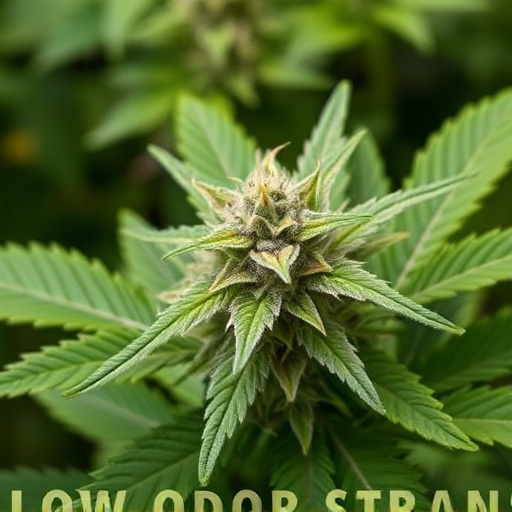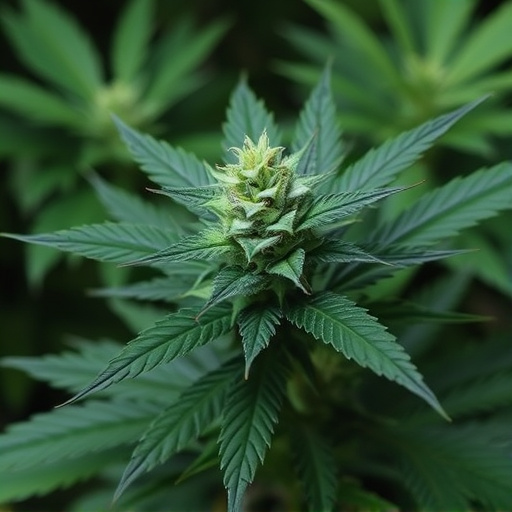Trichomes, tiny glands on cannabis plants, hold immense value in defining potency and flavor, especially in low odor cannabis strains. They produce cannabinoids like THC and CBD, shaping aroma, taste, and therapeutic benefits. Growers optimize conditions for robust trichome development, while consumers can choose these strains for discreet, subtle experiences without overwhelming scents, catering to those seeking a more nuanced cannabis journey.
“Unveiling the Power of Trichomes: Unlocking Cannabis Potency Secrets
Trichomes, tiny hair-like structures on cannabis plants, are more than just a visual intrigue. They play a pivotal role in determining the potency and quality of cannabis. This article delves into the multifaceted world of trichomes, exploring their diverse functions, impact on strain aroma, and their significance in ensuring consistent product quality. By understanding trichomes, we can appreciate why they’re crucial for both cultivators and consumers, especially those seeking the benefits of low odor cannabis strains.”
- The Role of Trichomes in Cannabis Potency
- – What are trichomes?
- – Types and functions of trichomes on cannabis plants
The Role of Trichomes in Cannabis Potency
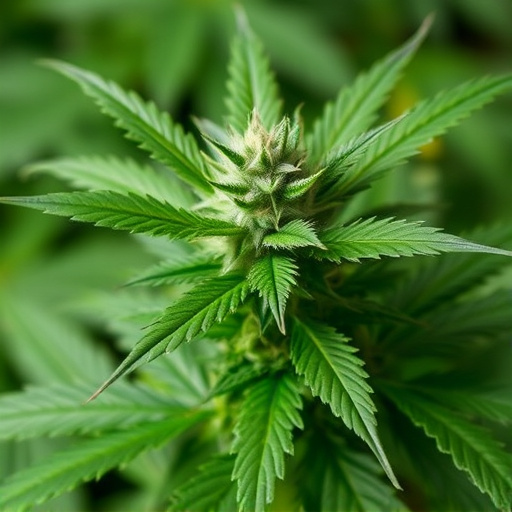
In the world of cannabis, trichomes are often overshadowed by the more visible aspects of the plant, but they play a pivotal role in determining potency and flavor. These tiny, hair-like structures that coat the surface of cannabis flowers and leaves contain a high concentration of cannabinoids and terpenes, the chemical compounds responsible for the plant’s unique effects and aromas. Trichomes are essentially the gold mine for growers and consumers alike, as they house the potent compounds that make low odor cannabis strains sought after by those who prefer subtler flavors without overwhelming scent profiles.
The presence and density of trichomes directly correlate with the level of potency in cannabis. More trichomes generally mean higher concentrations of cannabinoids like THC and CBD, leading to more intense effects. This is why growers often focus on optimizing conditions to encourage robust trichome development. For consumers, understanding the role of trichomes can help them make informed choices when selecting strains, especially low odor varieties that offer subtle yet enjoyable experiences without overpowering scents.
– What are trichomes?
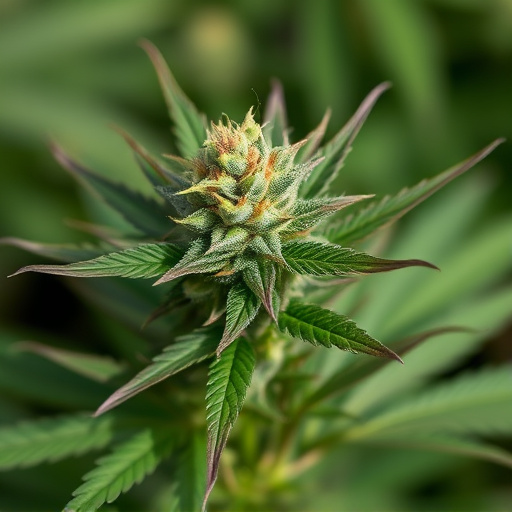
Trichomes, often described as tiny hair-like structures, are an essential component in understanding the potency and unique characteristics of cannabis plants, especially when it comes to low odor cannabis strains. They are essentially glandular hairs that cover various plant surfaces, including the flowers and leaves. These trichomes produce a wide range of cannabinoids, terpenes, and other compounds that contribute to the plant’s aroma, flavor, and therapeutic effects.
In the context of low odor cannabis strains, trichomes play a pivotal role. Cannabinoids like THC and CBD are concentrated within these tiny glands, making them measurable indicators of a strain’s potential potency. Strains known for their subtle or reduced aromas often rely on robust trichome development to deliver a powerful experience without overwhelming scents. This is particularly appealing to consumers seeking discreet enjoyment in various settings.
– Types and functions of trichomes on cannabis plants
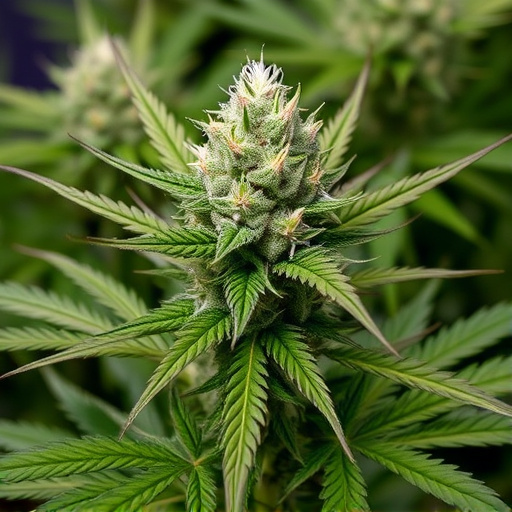
Cannabis plants are covered in tiny, hair-like structures known as trichomes. These specialized glands play a crucial role in protecting the plant and enhancing its potency. Trichomes produce a range of compounds, including terpenes and cannabinoids, that contribute to the unique aroma, flavor, and therapeutic effects of cannabis.
There are three main types of trichomes: glandular, non-glandular, and bulbous. Glandular trichomes, the most abundant and significant for potency, secrete a wide array of chemical compounds. They are responsible for the plant’s aromatic profile and contain high concentrations of cannabinoids like THC and CBD. Non-glandular trichomes, on the other hand, have limited compound production but contribute to the plant’s physical structure and protection. Bulbous trichomes are smaller and fewer in number, often found on younger leaves and flowers, playing a role in early development and defense mechanisms. In low odor cannabis strains, glandular trichomes’ reduced terpene production can make the plant less pungent while still retaining its potent cannabinoid content.
In conclusion, trichomes play a pivotal role in determining the potency of cannabis plants, including those behind low odor cannabis strains. These tiny glandular hairs not only contribute to the plant’s aromatic profile but also concentrate various cannabinoids and terpenes, enhancing overall effectiveness. Understanding the diverse functions of trichomes offers valuable insights into the complex world of cannabis cultivation and consumption.
